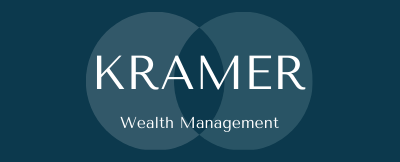In his early July testimony before Congress, US Federal Reserve Chairman Jay Powell. Mr. Powell stated that the Fed funds rate will be reduced, given lower than expected U.S. inflation. This follows on the heels of President Trump’s demands for lower interest rates to help support the economy and more specifically the US stock market. As anticipated, in late July the US Federal Reserve lowered interest rates for the first time in over ten years but at the same time signaled that there was no certainty that further rate cuts would occur during 2019 or beyond.
What does this mean for the average Canadian? First, let’s define some terms. NIRP is short hand for Negative Interest Rate Policy. ZIRP is short for Zero Interest Rate Policy. Both of these are tools used by Central Banks globally to deal with the impact and ongoing consequences from the Great Recession of 2008. In addition, both of these policies are historically unprecedented and Central Banks admit that they are uncertain regarding how to exit these policies without negatively impacting the economy or the credit markets (specifically the affects on interest rates and the cost of Government debt).
There are currently about $13 Trillion in negative yielding Government bonds globally1, with much of the issuance arising from Europe over the past decade. When investors lend money to a Government to buy a Canadian or US government fixed income security, each investment includes a promise to return the invested sum back to the investor at some point in the future (usually between 5 and 10 years) depending upon the investment terms. But the twist with negative yielding bond is that investors must pay a fee for the privilege of investing in a government fixed income investment – hence the term negative interest rates.
This policy goes hand in hand with efforts by major Governments globally to move towards a cashless society where all payment systems would be electronic and cash (paper money and coins) would be eliminated. Such an administrative change could mean that your savings or bank accounts could also be subject to negative interest rates. Effectively, this means that cash savings might be taxed and the money would be going to support the banking sector and/or Government revenue needs. This policy shift is currently underway, but it will likely take years before it could be fully realized.
So far, Canada and the U.S. have not issued any NIRP bonds, but if the trend towards lower interest rates continues, and if a normal business cycle recession arrives in the near future, then U.S. interest rates will likely be cut towards the zero interest rate point or into negative territory on an inflation-adjusted basis.
This will impact consumers and investors (in a big picture way) if the U.S. Government, and others around the world, continue propping up the global economy by stimulating it through continued low (and maybe lower) interest rates and by continued Quantitative Easing.
This is inherently an inflationary policy that will very likely see costs of living rise globally as more and more money (supplied by QE) chases a fixed number of goods. The result would be ever rising prices for everyday goods such as food, heating, gas, electricity, and so on. When consumers look at their personal spending habits today it is becoming harder to believe that the Consumer Price Index (CPI) is only rising by 2% or less per year?
These trends will also very likely impact investment portfolios and cash saving investments.
Call us today to review your personal financial situation and to discuss tactics to preserve the purchasing power of your cash savings and investments over time.
1Bloomberg.com – June 2019
Copyright © 2019 AdvisorNet Communications Inc., under license from W.F.I. All rights reserved. This article is provided for informational purposes only and is based on the perspectives and opinions of the owners and writers only. The information provided is not intended to provide specific financial advice. It is strongly recommended that the reader seek qualified professional advice before making any financial decisions based on anything discussed in this article. This article is not to be copied or republished in any format for any reason without the written permission of AdvisorNet Communications. The publisher does not guarantee the accuracy of the information and is not liable in any way for any error or omission.


















